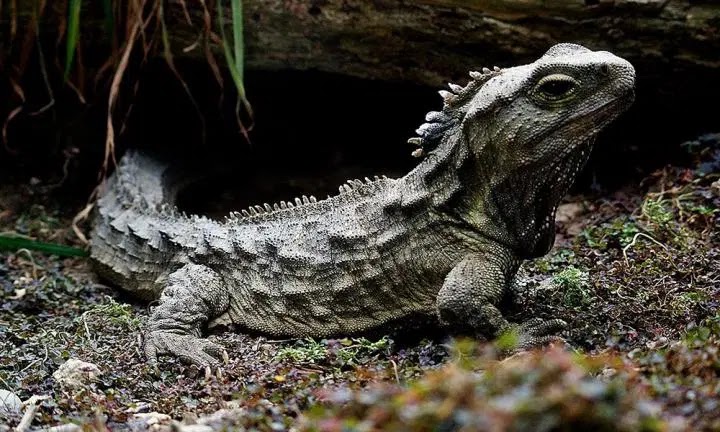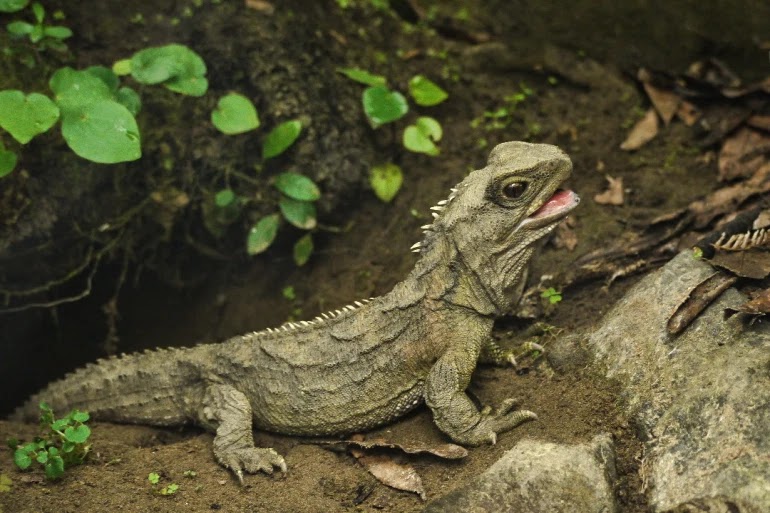A global team of researchers has partnered with the Maori Ngataiwai to study the genome sequence of the tuatara, a rare species of reptile endemic to New Zealand. Their work – published in Nature – lays the foundation for understanding the evolution of this ancient species and can guide efforts to protect it.
The study included collaborators from the University of Otago and from the European Bioinformatics Institute (EMBL-EBI) of the European Laboratory for Molecular Biology, known for short as EMBL.
The tuatara is a type of lizard-like reptile, found on islands far from the shores of New Zealand, and there are only two types. With its small scaly body, pointed tail, and clawed feet, it looks like a lizard, even though it is not.
According to a statement by the European Institute for Bioinformatics, this ancient reptile is the only survivor of the family Sphenodontia on the Tree of Life. So far, biologists have not reached a consensus on its evolutionary history.
“Our research confirms that the tuatara diverged from the ancestor of lizards and snakes about 250 million years ago,” says Matteo Moffato, analysis leader from the Ensemble Comparative Genomics Group at the European Institute. “This long period of independent evolution explains why we found that the tuatara genome is completely different from the existing one. In other vertebrates. “
A biological curiosity:
“The tuatara genome is much larger than the human genome and has a unique structure,” explains Fergal Martin, the vertebrate annotation coordinator at the European Institute. “It contains many repetitive DNA fragments unique to the species, which have no known function.”
The sequencing of the tuatara genome revealed a number of aspects of this reptile’s lifestyle. Although it is predominantly nocturnal, its DNA carries a large number of genes involved in color vision, which may help daytime active tartars escape from their predators.
“If the tuatara survives the ups and downs of her life at a young age, they could live more than 100 years,” said Professor Neil Jimmel, team leader at the University of Otago.
And he adds, “Scientists examining some of the genes that affect the protection of the body from aging have found that tuatara has more of these genes than any other type of vertebrate so far.”


